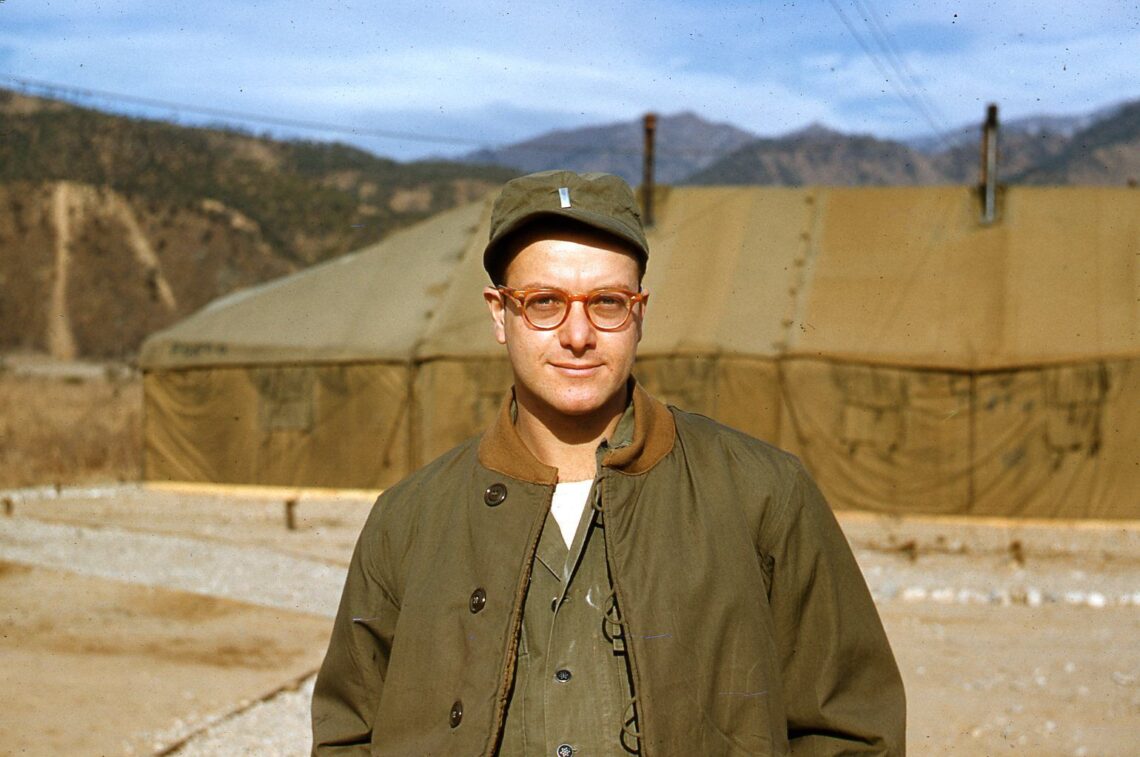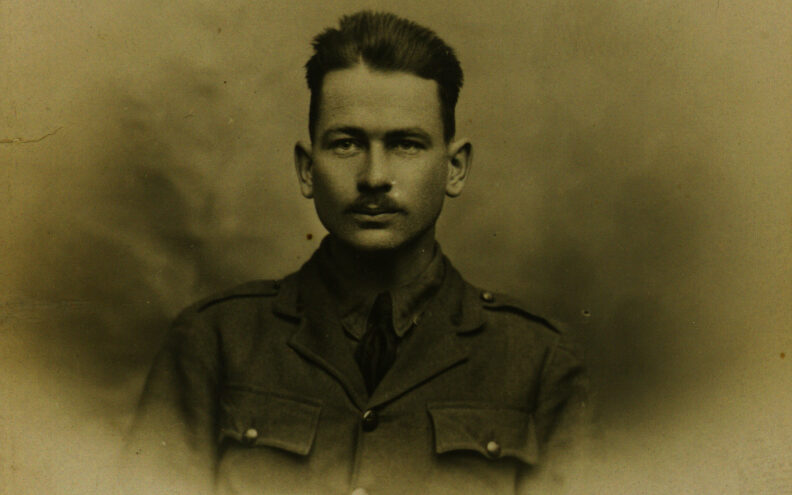-
Stories: George Brown
On August 13th, 1952, George Brown found himself standing on top of Hill 117, somewhere northeast of Seoul, Korea. Part of an offensive that began at 6AM that morning, George and the rest of Company K, 15th Regiment of the 3rd Division had achieved their objective. A peaceful quiet fell over the scene. A Chinese counterattack hit. Mortar and machine gun fire erupted around them, and George’s Sergeant screamed: his leg had been blown away. George grabbed the man from one side, while another soldier supported the Sergeant’s opposite side. The three were running for cover when another machine gun opened up. Three bullets hit the Sergeant. Three more hit…
-
Stories: Melvin Horwitz
Melvin Horwitz was in an unusual position at the start of the Korean War. Just 24, Melvin had already graduated from Harvard Medical School and had nearly completed surgical training at Yale. However, a wartime draft had been declared. Horwitze could either volunteer his medical services as an Army surgeon, or run the risk of being drafted as a rifleman, an outcome he hardly relished. Interviewer:Would you have rather stayed in America? Melvin Horwitz:Oh, sure. I’m a devout coward. They were using real bullets in Korea. But in 1952, Melvin volunteered. His basic training in San Antonio was relatively relaxed. Doctors weren’t expected to achieve a high level of martial…
-
Stories: Krystyna Stachowitz Farley
Krystyna Stachowitz Farley is one of many veterans in the archive of the Veterans History Project who served during WWII. Her story stands apart because Krystyna served in the “Anders Army” a unit composed entirely of Polish men and women formerly imprisoned by the Soviet Union. From her childhood in Poland, through captivity in Russia, and finally into military service in the Mediterranean theater, Krystyna offers a rare perspective into the Polish experience of WWII. In September, 1939, the European war began when first German, then Russian troops invaded Poland. In August, addendums to the Molotov-Ribbentrop Pact had already partitioned Poland between the two conquering nations, and became moot only…
-
Stories: Longshaw Porritt
CONTENT WARNING: This post includes graphic photos of wounded and dead people. Discretion is advised. One of the more varied wartime experiences in the Veterans History Project belongs to a veteran whose voice we cannot hear. Longshaw Kraus Porritt of Canton, Connecticut: one of only two veterans in the archive who served in World War One. In 1982 – nearly 20 years before the Veterans History Project was founded – Longshaw died of natural causes. While we don’t have his oral history, the archive does contains his vast collection of photographs, scrapbooks, and a written memoir. From these resources, we know that Longshaw first enlisted in the American Ambulance Field Service in March 1917, entering a war already 3 years…
-
Why the Veterans History Project Matters
Veterans Day began as a holiday to celebrate the Armistice that ended the War to End All Wars. Of course, we know now that, although the fighting stopped at 11AM on November 11th, 1918, it was far from the end of all wars. In the USA, Armistice Day was changed to Veterans Day by President Dwight D. Eisenhower after WWII. Today, it honors all American Veterans from all conflicts. It is a day when we can honor the patriotism embodied in the veteran experience. For our part, members of the Veterans History Project team have taken today to describe why this project matters to them: “The Veterans History Project is…



